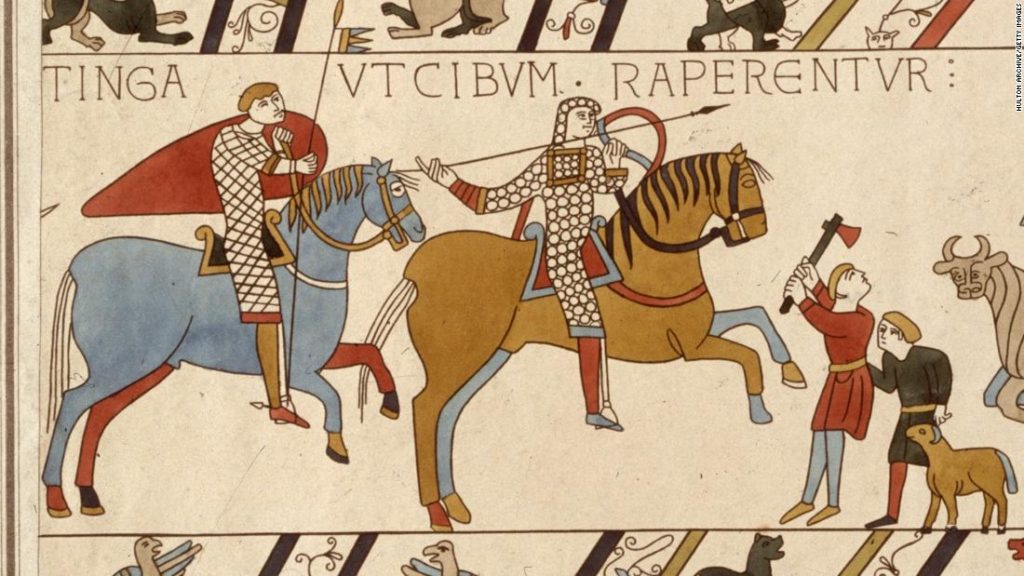Table of Contents
ROBIN HOOD
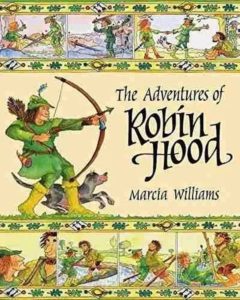 |
By Marcia Williams, The Adventures of Robin Hood (Candlewick, 1995) is a panel-cartoon-style re-telling of eleven tales of Robin Hood and his merry men, with wonderful detailed illustrations. For ages 5-9. |
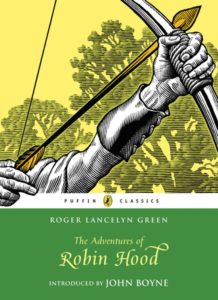 |
Roger Lancelyn Green’s The Adventures of Robin Hood (Puffin, 2010) is an entertaining version of the Robin Hood tales with all the main characters: minstrel Allan a Dale, Little John with his quarterstaff, Maid Marian, the Sheriff of Nottingham, and the famous archery contest in which Robin wins the golden arrow. A good pick for ages 8-12. |
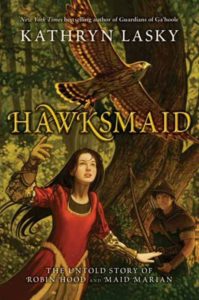 |
Kathryn Lasky’s Hawksmaid (HarperCollins, 2010) is the “untold story of Robin Hood and Maid Marian.” Here, Marian – known as Matty – learns to handle (and speak the language of) her father’s hawks after followers of Prince John loot her parents’ castle and murder her mother. In company with her friend Fynn, she becomes a leader of a band of boys who rob from the rich to give to the poor – and as they grow older, she and Fynn, now Maid Marian and Robin Hood, do their best to rescue England from the clutches of John. For ages 10-13. |
| From the University of Rochester, The Robin Hood Project includes a history of Robin Hood, book and image lists, and an annotated list of Robin Hood characters. | |
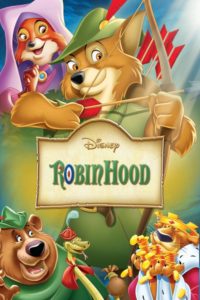 |
In the Disney animated version of Robin Hood, all the characters are animals: Robin and Marian as foxes, Prince John a sulky lion, and the Sheriff of Nottingham, a wolf. Rated G. |
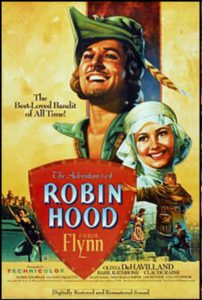 |
Still one of the best version of the Robin Hood story on screen is The Adventures of Robin Hood (1938), starring Errol Flynn as Robin, Olivia de Havilland as Maid Marian, and Basil Rathbone as Sir Guy of Gisbourne. Rated PG. |
THE CANTERBURY TALES
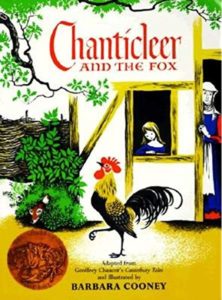 |
Geoffrey Chaucer’s Chanticleer and the Fox (HarperCollins, 1992) is a picture-book version of the famous story from The Canterbury Tales, illustrated by Barbara Cooney, in which Chanticleer’s conceit and susceptibility to flattery nearly get him eaten by the fox. Luckily some quick thinking saves the day. For ages 4-8. |
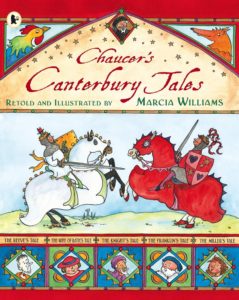 |
By Marcia Williams, Chaucer’s Canterbury Tales (Walker Books, 2008) is a delightful retelling of nine of the tales in panel-cartoon form, with detailed and colorful little illustrations. For ages 8-12. |
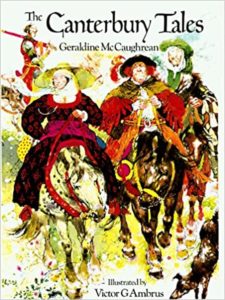 |
Geraldine McCaughrean’s The Canterbury Tales (Puffin Classics, 1997) is a lively and very reader-friendly 110+-page prose retelling of Geoffrey Chaucer’s classic for ages 12 and up. Includes 13 of the original 24 pilgrim’s tales. |
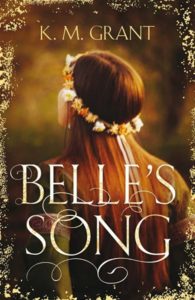 |
In K.M. Grant’s Belle’s Song (Walker Children’s Books, 2011), fifteen-year-old Belle, daughter of a crippled bellmaker, sets off on a pilgrimage to Canterbury to pray that her father will walk again. She’s accompanied by writer Geoffrey Chaucer, his scribe, Luke, a handsome young squire named Walter, and a motley band of pilgrims. Then she discovers that Chaucer is involved in a dangerous political intrigue centered around the court of Richard II. For ages 12 and up. |
BEOWULF
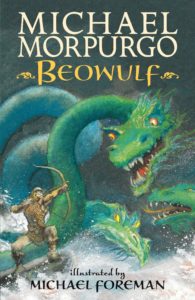 |
Michael Morpurgo’s Beowulf (Candlewick, 2006) is a retelling of the epic tale, originally written sometime between the 8th and the 11th centuries, of the young warrior who comes to save the Danes from a pair of terrifying monsters, including the fearsome Grendel. Illustrated with full-page paintings. For ages 12 and up. It’s scary. |
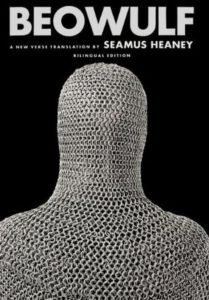 |
Nobel laureate Seamus Heaney’s Beowulf (W.W. Norton and Company, 2001) is a beautifully done “new verse translation.” It’s bilingual, in Old and modern English. For teenagers and adults. |
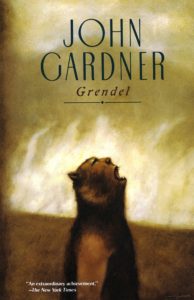 |
John Gardner’s Grendel (Vintage, 1969) is a re-telling of the Beowulf epic from the monster’s point of view. Fascinating and heartbreaking. For teenagers and adults. |
| From Project Gutenberg, another version of Beowulf. | |
| “Slaying Monsters” is an interesting article on J.R.R. Tolkien’s Beowulf from the New Yorker. | |
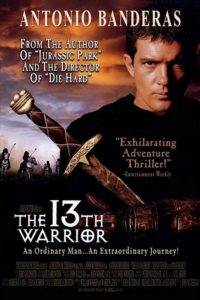 |
In The 13th Warrior (1999) – set in the 10th century and based on the novel Eaters of the Dead by Michael Crichton – a young Arab poet travels with a party of Vikings to the north, where he becomes embroiled in combatting a horrible and mysterious monster. Reminiscent of Beowulf. Rated R. |
